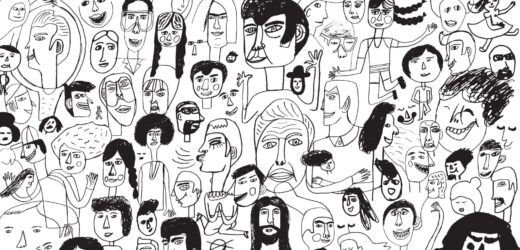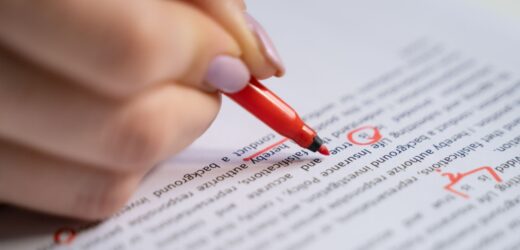Long careers provide opportunities to look back, and I found myself doing a bit of that of late. It’s not so much to reflect on what I’ve learned as what I still don’t know. What still puzzles me about teaching and learning? What remains unanswered, important but not yet resolved? For the most part it’s been a good exercise, but I’ve gotten frustrated, agitated, even a little angry about several things and one of them is content. Our thinking about it is all wrong.
Related Articles
I have two loves: teaching and learning. Although I love them for different reasons, I’ve been passionate about...
Could doodles, sketches, and stick figures help to keep the college reading apocalypse at bay?...
We’ve all faced it: the daunting stack of student work, each submission representing hours of potential grading. The...
Storytelling is one of the most powerful means of communication as it can captivate the audience, improving retention...
For some of us, it takes some time to get into the swing of summer. Some of us...
About a year ago, I decided to combine the ideas of a syllabus activity and a get-to-know-students activity....
The use of AI in higher education is growing, but many faculty members are still looking for ways...










One Response
Part of the problem is our willingness to accept the label “content.” Content is amorphous and imprecise. Brains are built to conceptualize and to link concepts into powerful explanatory networks of principles. Change content to concepts in this article and see how it sharpens the discussion and points to a solution.